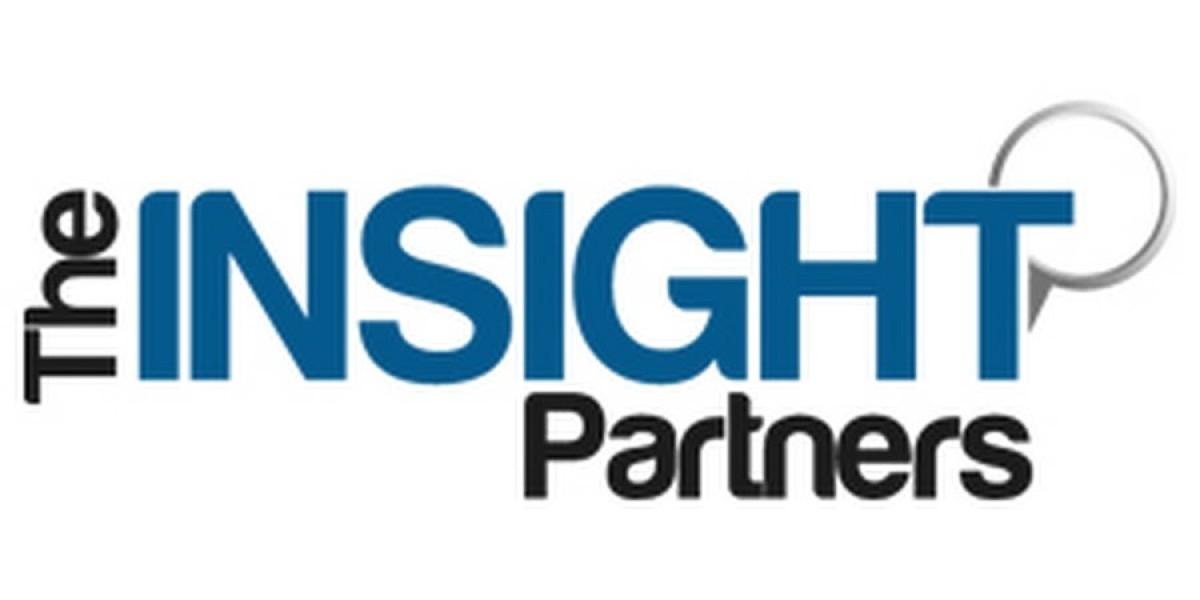Using the cloud to host data, applications and other assets offers a number of advantages in terms of management, access and scalability. The cloud allows businesses to quickly build up the capacity they need, but when it comes to scaling IT infrastructure, information security often takes a back seat. Some organizations don't even think about enhancing security because they trust the cloud provider.
However, using cloud solutions along with on-premises infrastructure does not preclude cyberattacks by attackers looking for ways to access corporate networks. Preventing data breaches and theft is critical to maintaining customer trust and company reputation, not to mention potential financial losses.
How to prevent threats in the cloud
Use multi-factor authentication. In addition to entering a corporate username and password to access corporate systems in the cloud, it's recommended that you set up stricter user authentication. Employees will not only need to enter their domain name when logging in, but also use authentication tokens. This will provide a higher level of security when working in the cloud.
Build a strong relationship with your cloud provider. When migrating to a cloud provider's infrastructure, make sure that the environment provided is secure and that it meets IS standards, such as ISO/IEC 27001, which governs information security management system requirements.
Take care of data security in the event of threats. Establish a contingency plan. Backups should be done on a schedule with a minimum RTPO and an optimal data recovery life cycle. You can also resort to a disaster recovery service that allows you to switch to a disaster site with a dedicated repository in case threats materialize.
Don't forget about cloud penetration tests. Technically, a penetration test (PenTest) in the cloud is not much different from any other penetration test. Simulating an attacker's actions to discover cloud vulnerabilities will provide a detailed assessment of the security posture. For example, if end users set default passwords to access virtual machines that have an external interface, they give attackers more room to attack the cloud infrastructure and applications. Therefore, a cloud penetration test should not be a one-time initiative, but a regular procedure.
Perform monitoring. Real-time monitoring and analysis of end-user behavior enables you to detect unauthorized access or actions that deviate from normal patterns, such as logging in from a previously unknown or suspicious IP address or device, and to prevent careless user steps that can reduce security. To monitor and analyze incoming information, it's worth using a SIEM system that allows you to respond quickly to information security incidents, thereby reducing the risk of cloud infrastructure intrusion.
To manage cloud security, it's best to use additional services, one of which is https://www.observeid.com/. You can use it to manage the security of all your cloud systems at once.








